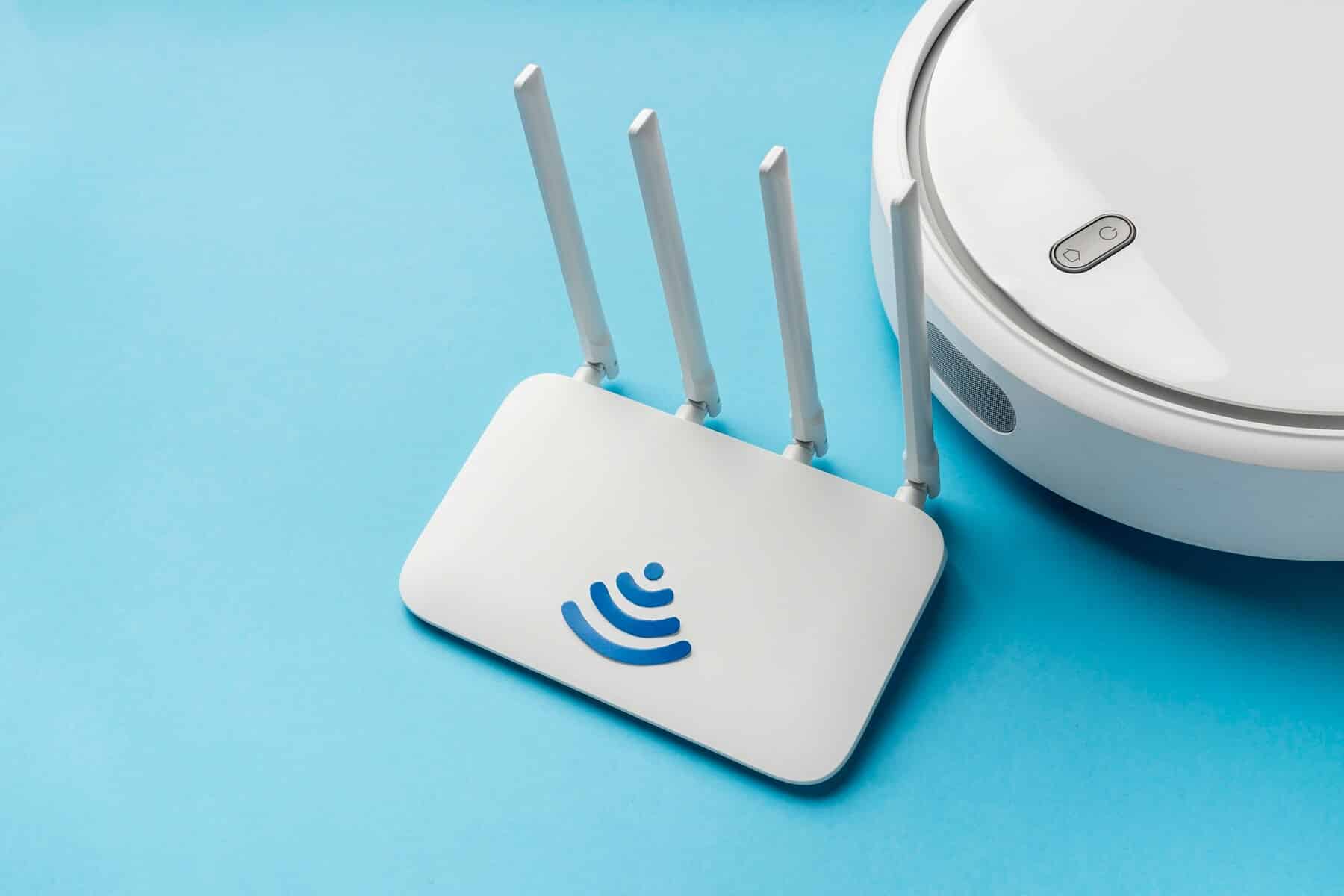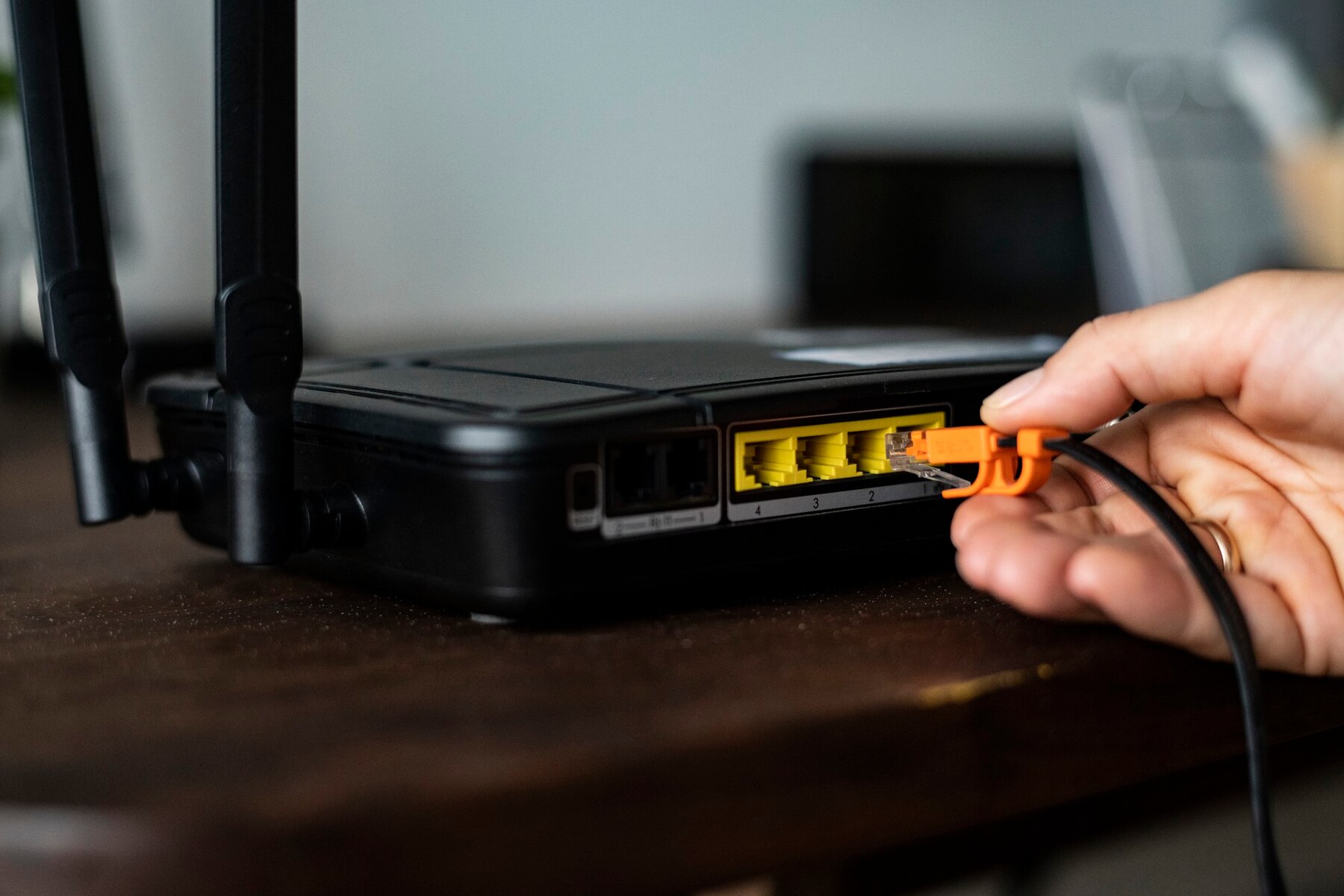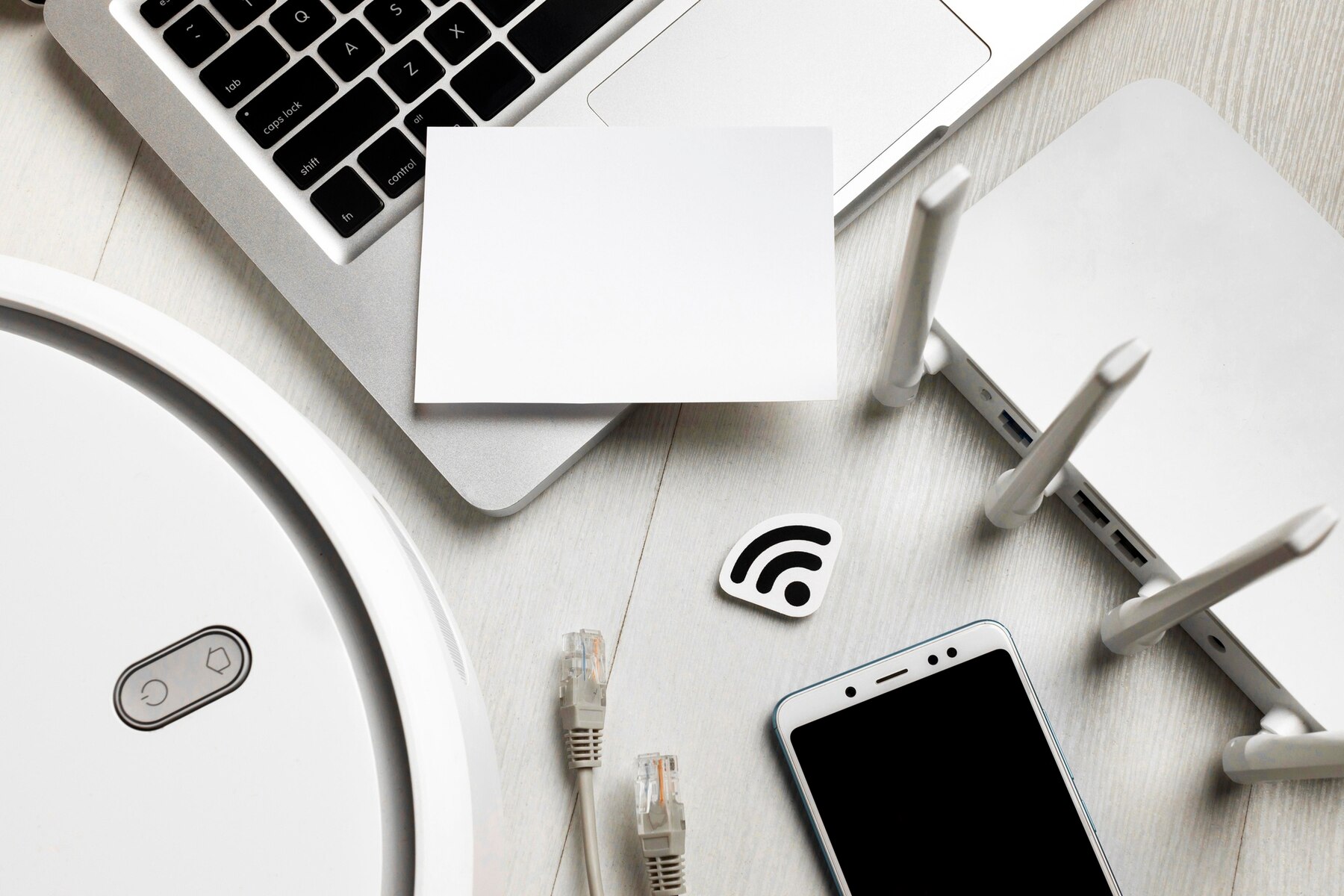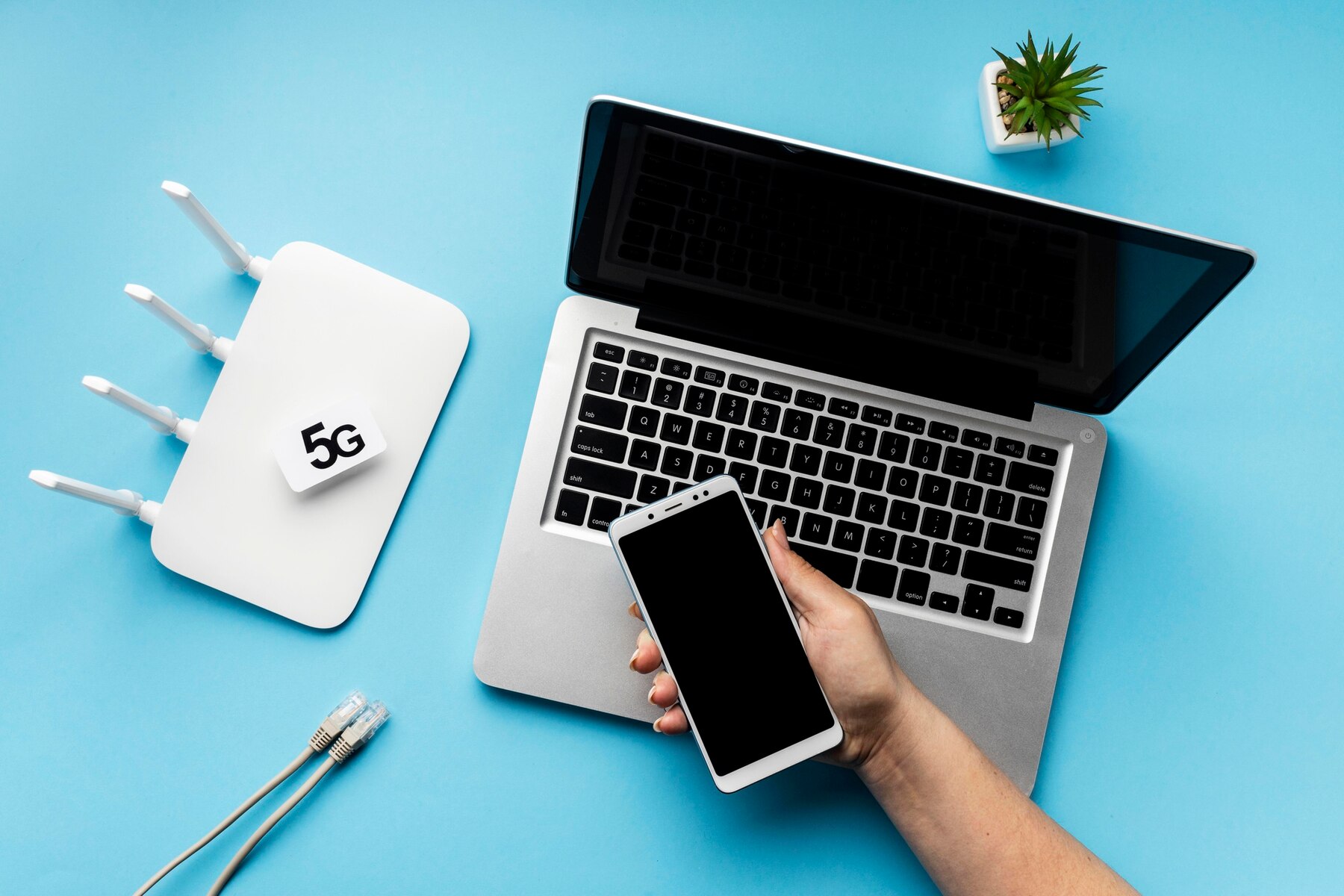
How to Set Up a Secure Home WiFi Network
In today’s digital age, securing your home WiFi network is more important than ever. With cyber threats on the rise, taking steps to safeguard your connection can protect your personal data from hackers. Whether you’re a tech enthusiast or a complete beginner, these WiFi security tips will help you create a safer online environment for your household.
In this guide, we’ll cover the best ways to protect your WiFi network, including encryption settings, password strategies, and advanced security measures.
Pro Tip: For a strong WiFi password, consider using a passphrase made up of random words and symbols. For example, “S3cur3!Pine@87” is both secure and easier to remember than a traditional password.
Quick Guide: Key Steps to Secure Your Home WiFi Network

- Change Default Admin Credentials: Update the router’s default login credentials to something strong and unique.
- Choose a Strong WiFi Password: Use a combination of uppercase and lowercase letters, numbers, and symbols.
- Enable WPA3 Encryption: Set your router to WPA3 encryption for the highest level of security.
- Hide Your SSID: Disable SSID broadcasting to make your network less visible to others.
- Limit Access with MAC Filtering: Only allow approved devices to connect using MAC address filtering.
- Update Router Firmware Regularly: Keep your router up-to-date with the latest firmware for security fixes.
- Disable Remote Management: Turn off remote management to prevent unauthorized access to your router settings.
- Monitor Connected Devices: Regularly check for unknown devices and disconnect suspicious ones.
- Set Up a Guest Network: Create a separate network for guests to protect your primary network.
Important Tip: Remember to disable WPS (WiFi Protected Setup) on your router. While it makes connecting devices easier, it’s a security vulnerability and can be exploited by hackers.
Why WiFi Security Matters

A poorly secured WiFi network is an open invitation for hackers to access your personal information, spy on your online activity, and even control your devices. Here’s why it’s essential to lock down your network:
- Prevent Data Theft: Cybercriminals can exploit weak networks to steal passwords, financial data, and sensitive files.
- Stop Unauthorized Access: Hackers on WiFi can use your network for illegal activities, leaving you liable.
- Protect Your Devices: Once inside your network, attackers can access connected devices, such as security cameras or smart home systems.
By applying the right precautions, you can reduce these risks and enjoy a safer online experience.
Step 1: Change the Default Admin Credentials
Most routers come with factory-set usernames and passwords, which are easy for hackers to guess.
How to Change Admin Credentials:
- Log Into Your Router: Access your router’s settings by typing its IP address into your browser (usually 192.168.0.1 or 192.168.1.1). You can find the default credentials on a sticker on your router.
- Update Admin Credentials: Change both the username and password to something strong and unique. Avoid using easily guessed information like your name or address.
- Use a Password Manager: Store complex passwords securely with a password manager to prevent the need for weak, memorable ones.
Step 2: Choose a Strong WiFi Password
A weak WiFi password is one of the easiest ways for hackers to gain access to your network.
Tips for a Strong WiFi Password:
- Use a Mix of Characters: Create a password with uppercase and lowercase letters, numbers, and symbols.
- Avoid Personal Information: Don’t use birthdays, names, or addresses.
- Change Your Password Regularly: Update your WiFi password every few months, especially if you’ve shared it with guests.
- Pro Tip: Use a passphrase, such as S3cur3!Pine@87, which combines random words and symbols, making it both strong and memorable.
Step 3: Enable WPA3 Encryption
Encryption protects the data transmitted over your network.
How to Enable Encryption:
- Select WPA3: WPA3 is the latest and most secure encryption protocol. If your router doesn’t support WPA3, choose WPA2 as the next best option.
- Disable WEP: Older encryption methods like WEP are outdated and vulnerable to attacks.
- Why It Matters: Without encryption, hackers can intercept your internet traffic, gaining access to sensitive data such as login credentials.
Step 4: Hide Your Network Name (SSID)
By default, your router broadcasts its SSID (network name), making it visible to everyone nearby.
How to Hide Your SSID:
- Disable SSID Broadcasting: In your router settings, turn off the SSID broadcast option. This makes your network invisible to casual users.
- Manually Connect Devices: After hiding the SSID, you’ll need to manually enter the network name and password when connecting new devices.
- Note: While this won’t stop determined hackers, it reduces the chances of casual intruders attempting to access your network.
Step 5: Limit Access with MAC Address Filtering
Each device has a unique MAC address that can be used to control access.
How to Set Up MAC Filtering:
- Enable MAC Filtering: In your router settings, activate MAC address filtering to allow only approved devices to connect.
- Add Trusted Devices: Find your device’s MAC address in its network settings and add it to your router’s whitelist.
- Limitations: While not foolproof, MAC filtering adds another barrier for unauthorised users.
Step 6: Update Router Firmware Regularly
Step 9: Set Up a Guest Network
Outdated firmware can leave your router vulnerable to security exploits.
How to Update Firmware:
- Check for Updates: Log into your router’s admin panel and check for firmware updates.
- Enable Automatic Updates: If available, turn on automatic updates to ensure you’re always running the latest, most secure version.
- Why It’s Important: Just like your smartphone or computer, your router needs regular updates to stay secure.
Step 7: Disable Remote Management
Remote management allows you to access your router settings from anywhere but creates a potential entry point for hackers.
How to Disable Remote Management:
- Turn Off Remote Access: Unless you need it, disable remote management in your router settings.
- Use a VPN for Remote Access: If you require remote access, use a VPN (Virtual Private Network) for added security.
- Extra Tip: Disable Universal Plug and Play (UPnP), which can introduce vulnerabilities.
Step 8: Monitor Connected Devices
Regularly review the devices connected to your network to identify any unknown or suspicious connections.
How to Monitor Devices:
- Check the Device List: Access your router’s admin panel to see the list of connected devices.
- Remove Unknown Devices: If you see unfamiliar devices, disconnect them immediately and change your WiFi password.
- Why It’s Essential: Unauthorized devices can consume bandwidth and potentially access sensitive files.
Step 9: Set Up a Guest Network
Creating a separate network for guests protects your personal data.
How to Set Up a Guest Network:
- Create a Separate Network: In your router settings, enable the Guest Network feature.
- Use a Unique Password: Set a different password for the guest network and change it periodically.
- Limit Access: Prevent guests from accessing sensitive devices like smart home systems or security cameras.
- Bonus: This also protects your primary network from potential malware on guest devices.
Bonus Tips for Ultimate WiFi Security

- Disable WPS (WiFi Protected Setup): WPS makes connecting new devices easier but is vulnerable to brute-force attacks. Turn it off.
- Use a Firewall: Most modern routers have built-in firewalls—ensure yours is enabled.
- Enable Network Segmentation: For extra security, place IoT devices and smart home systems on a separate network to reduce vulnerabilities.
Frequently Asked Questions (FAQs)
1. Why should I change the default admin credentials on my router?
Changing the default admin credentials prevents hackers from easily gaining access to your router’s settings. Routers often come with factory-set usernames and passwords that are widely known or easy to guess, making them vulnerable to cyberattacks.
2. What is WPA3 encryption, and why should I use it?
WPA3 is the latest and most secure WiFi encryption protocol. It provides stronger protection for your network by using more advanced encryption techniques than WPA2 and older protocols like WEP. If your router supports WPA3, enabling it ensures your data is better safeguarded from hackers.
3. What is MAC address filtering, and how does it improve security?
MAC address filtering allows you to specify which devices can connect to your network based on their unique MAC addresses. By adding only trusted devices to your router’s whitelist, you create an additional layer of protection to block unauthorised users.
4. Can hiding my network name (SSID) really improve security?
While hiding your SSID doesn’t provide foolproof protection, it can make your network less visible to casual users. This reduces the chances of someone accidentally or intentionally trying to access your WiFi, especially in a crowded or public space.
5. Why is it important to update my router’s firmware?
Regular firmware updates fix security vulnerabilities, improve performance, and protect your router from potential exploits. Keeping your router’s firmware up-to-date ensures you’re using the latest security patches to defend against cyber threats.
Final Thoughts: Protect Your Digital Life
Implementing these WiFi security tips is essential to protect your home network from potential threats. From changing the default credentials to enabling encryption and monitoring connected devices, every step you take strengthens your digital defences.
Don’t wait until it’s too late—secure your WiFi network today and enjoy peace of mind, knowing your personal data and devices are safe from cyber threats.
Have any other tips for securing a home network? Share them in the comments below!
